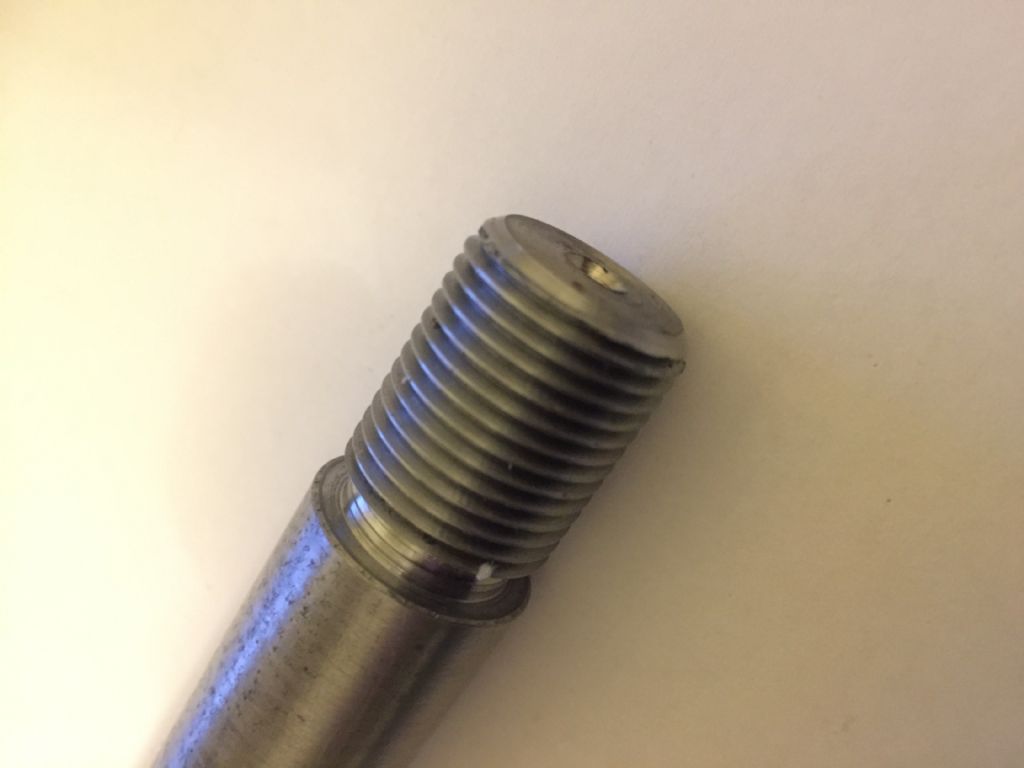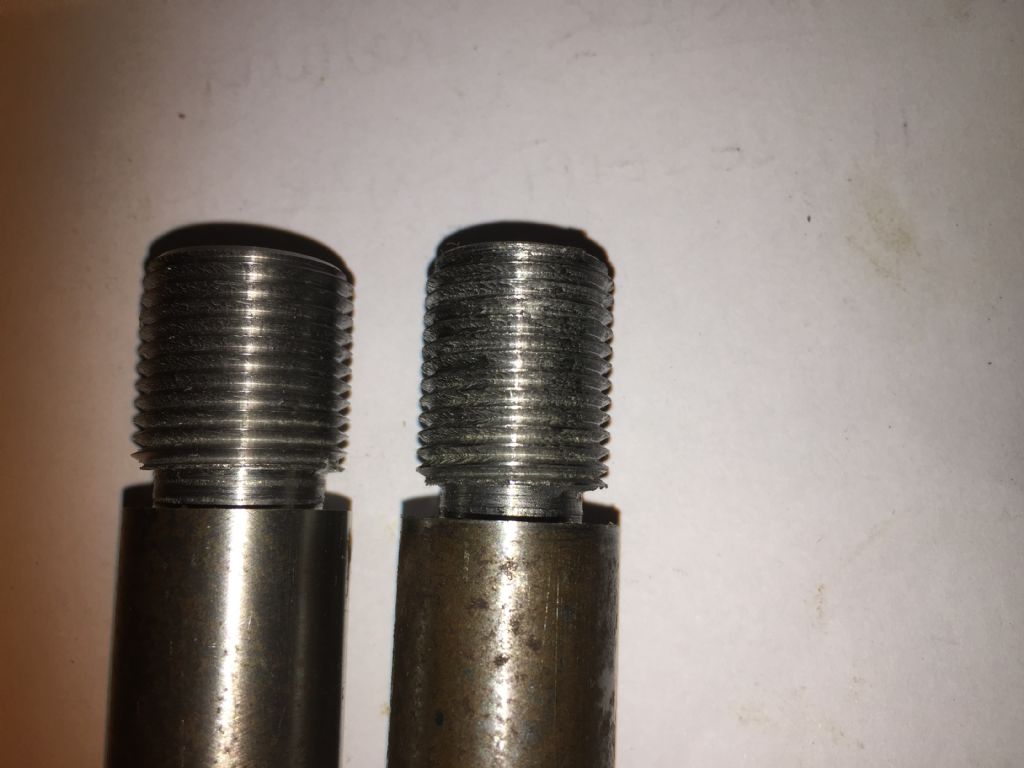It’s a thread Jim, but…
It’s a thread Jim, but…
- This topic has 58 replies, 29 voices, and was last updated 10 December 2018 at 20:56 by
Robin Graham.
- Please log in to reply to this topic. Registering is free and easy using the links on the menu at the top of this page.
Latest Replies
Viewing 25 topics - 1 through 25 (of 25 total)
-
- Topic
- Voices
- Last Post
Viewing 25 topics - 1 through 25 (of 25 total)
Latest Issue
Newsletter Sign-up
Latest Replies
- Alternatives for a DRO display change
- Denford Orac refit
- Safe and secure way to suspend a 5″G Tender
- Big Vise, go big or go home
- design and use of cutting tools
- Parting off on a mini lathe
- What Did You Do Today 2025
- St Albans Big Show 27 & 28 Sept 25
- Exeter & District Model Engineers Show – 7 Sept
- Task Light






